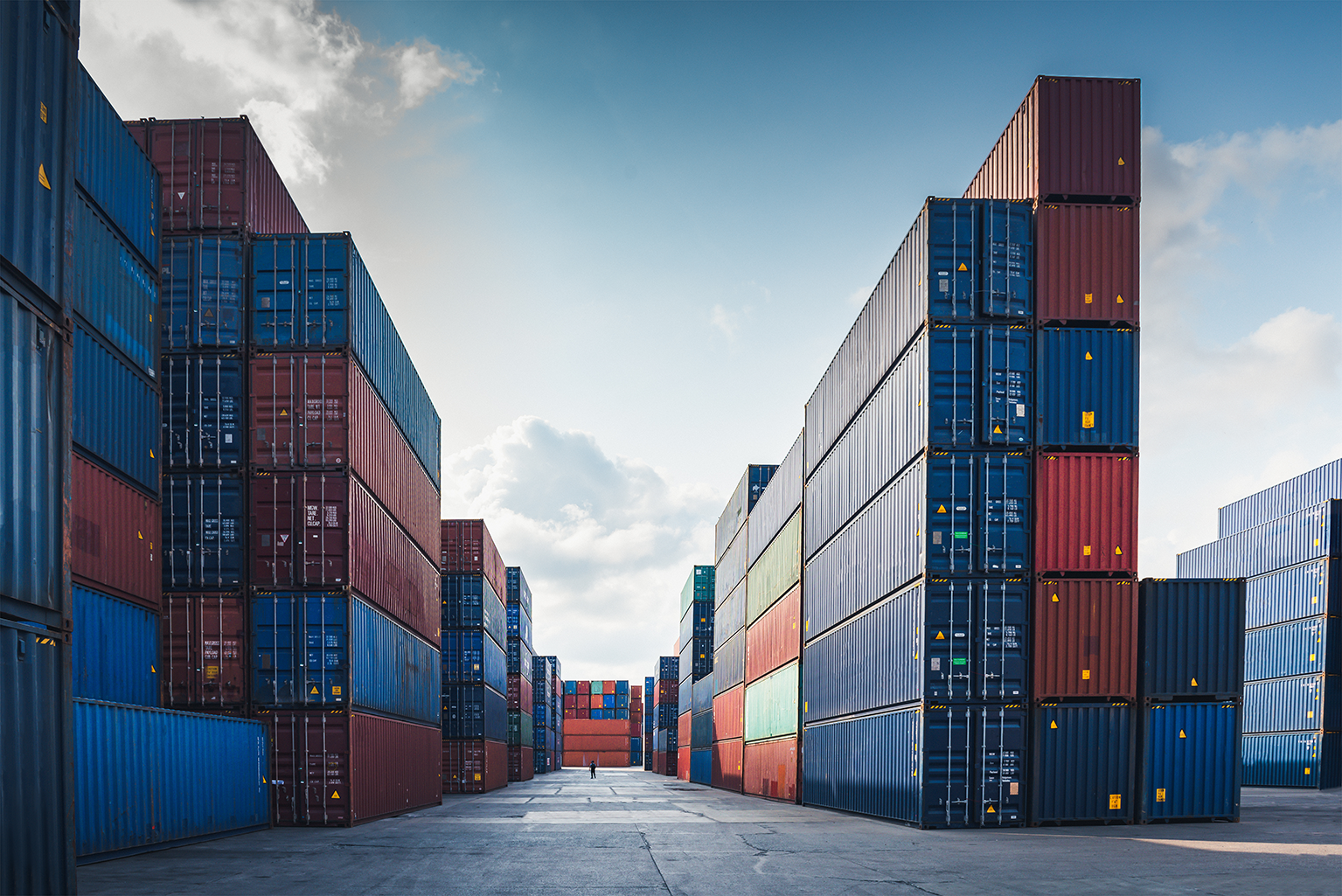2 min read
The Uyghur Forced Labor Prevention Act: Securing Your Supply Chain
Rachel Dettmer
:
April 21, 2023

In June 2022, the requirements of the Uyghur Forced Labor Prevention Act (UFLPA) in the United States went into effect.
This means that any goods produced in the Xinjiang Uyghur Autonomous Region of China or by entities specified by the United States government are now presumed to be using the forced labor of the region's Muslim minority.
In particular, cotton, tomatoes, and polysilicon products are a high priority for the UFLPA and will face intense scrutiny upon their entry into the US.
Any violations will result in goods being detained, excluded, or seized and monetary penalties imposed – this also poses a severe reputational risk – unless there is clear and convincing evidence that no forced labor has occurred anywhere, at any point, in the supply chain.
What is Forced Labor?
The International Labor Organization defines forced labor as “work that is performed involuntarily and under the menace of any penalty. It refers to situations in which persons are coerced to work through the use of violence or intimidation, or by more subtle means such as manipulated debt, retention of identity papers or threats of denunciation to immigration authorities.”
A Supply Chain Is Only as Strong as Its Weakest Link
Forced labor is critical for companies aiming to manage risk, safeguard their business, and protect workers throughout their supply chain.
Importers need to demonstrate that the goods are either outside the UFLPA scope for the presumption not to apply or within the scope but eligible for an exception.
However, proving or disproving forced labor in a supply chain is notoriously tricky.
These compliance challenges range from suppliers having low levels of ESG maturity, barriers created by foreign laws, extended supply chains, the inability to obtain information, gaps in the data gathered, and the simple fact that forced labor is not self-disclosed, all of which require additional screening measures.
Thus, placing a significant constraint on time and resources needed for sufficient due diligence and evidence to rebut or exclude the presumption of forced labor.
How Organizations Can Comply with the UFLPA
Several supply chain management measures can be taken by organizations.
These include:
- Ensure supplier contracts necessitate corrective action if forced labor is identified in the supply chain
- Address forced labor with suppliers and stakeholders and outline the consequences, such as termination of the contract if corrective action is not taken – I.e., a code of conduct
- Map out the entire supply chain and identify hidden relationships
- Monitor all existing and potential suppliers against the UFLPA list and negative media
- Assess areas of risk and develop a mitigation plan for impacts
- Regularly assess suppliers and document any remediation actions
- Immediately terminate non-compliant suppliers
Closing The Gap with Technology
Advanced third-party compliance technology can provide you with a holistic view of forced-labor risks across your third parties. It’ll allow you to map your supply chain and identify high-risk entities based on their geographic presence, industry, and criticality to your business.
By leveraging automated workflows, you can embed forced-labor compliance efforts in your third-party risk management program, including regular risk assessment, review of code of conduct, and tracking identified risks until they are remediated.
Ongoing monitoring against the UFLPA list and negative media is also a key component of the compliance program to capture emerging risks and manage them proactively.
You also need robust reporting capabilities that can provide meaningful insights into the vast amount of third-party info you collect and ensure transparency of your forced-labor compliance efforts.
The right technology can transform how you control and manage risk, helping your team work efficiently and identify risks quicker with increased transparency.
It simplifies the supply chain risk management process, replacing the manual collection and review of data while providing visibility on each part of the supply chain, including the lower tiers – allowing analysts to identify the weak points and potential risks.
To learn more about how Blue Umbrella can help you combat forced labor, explore our Status platform and get in touch.

